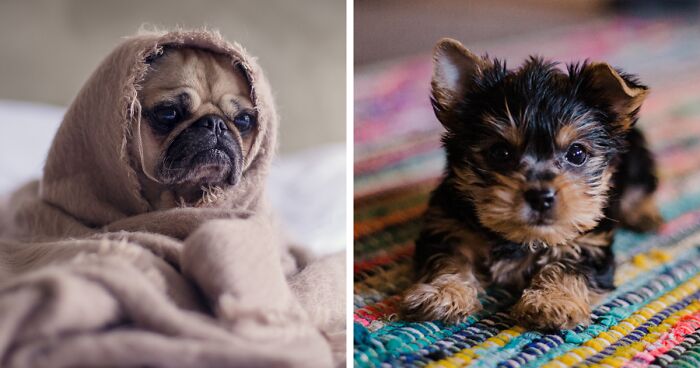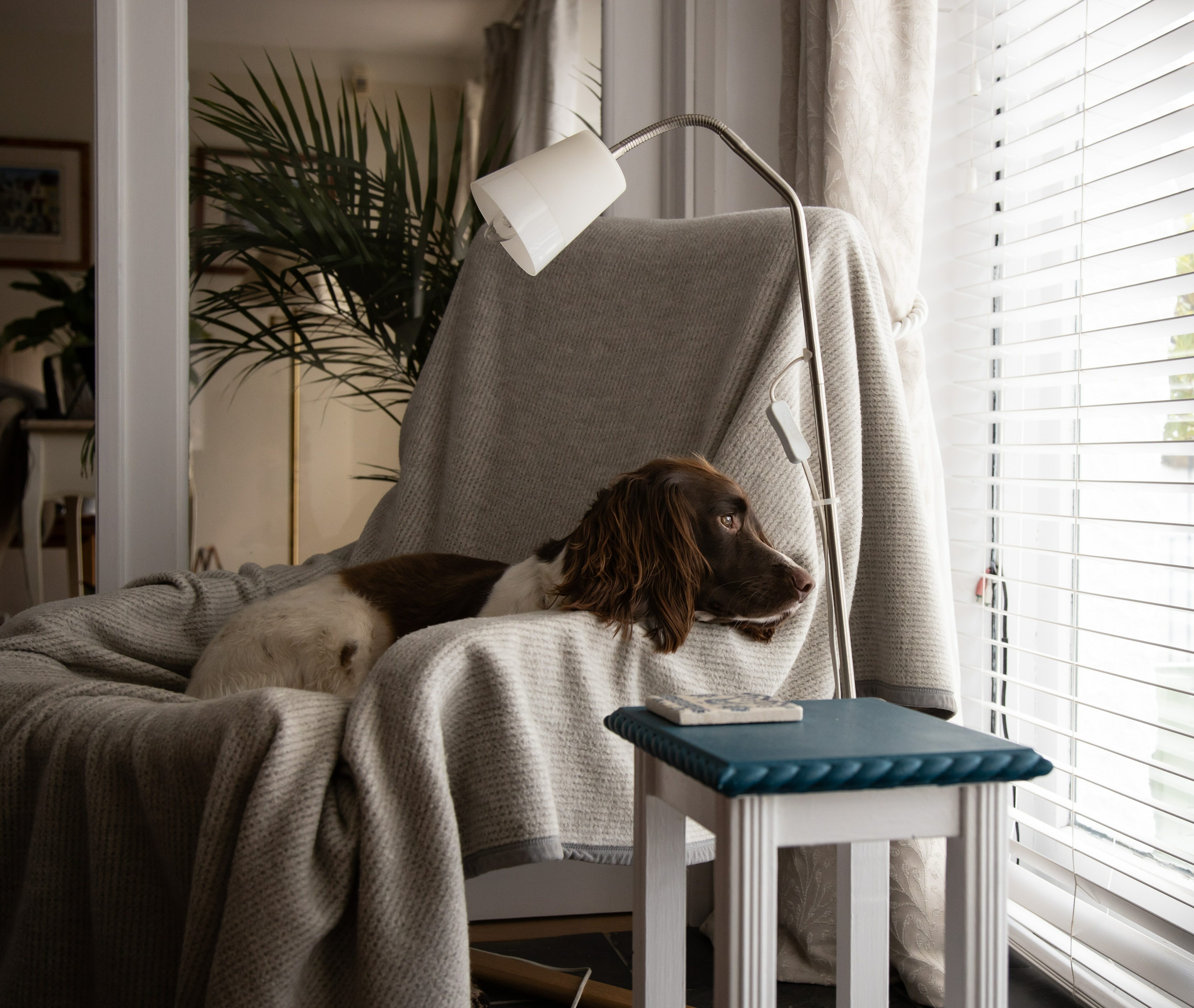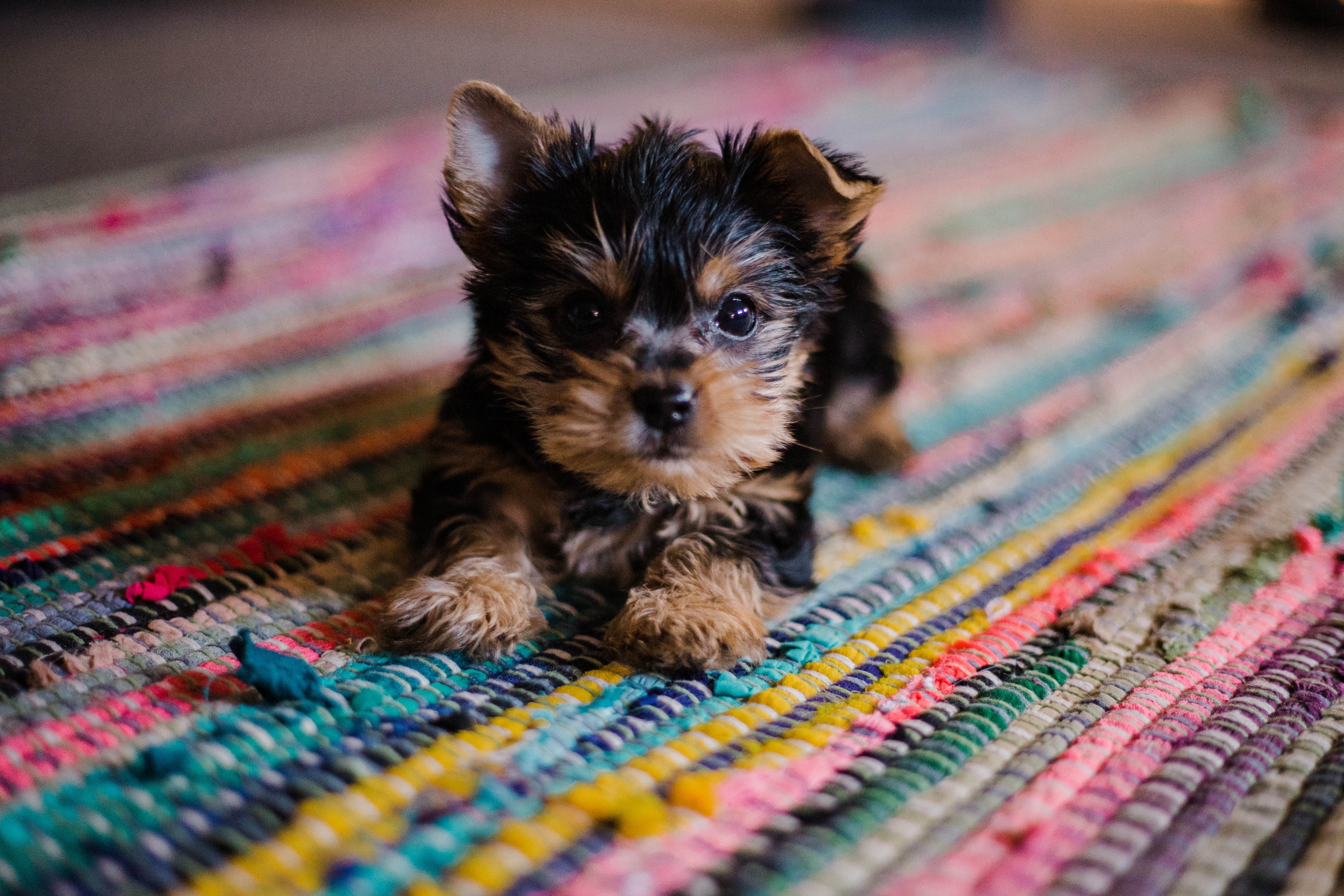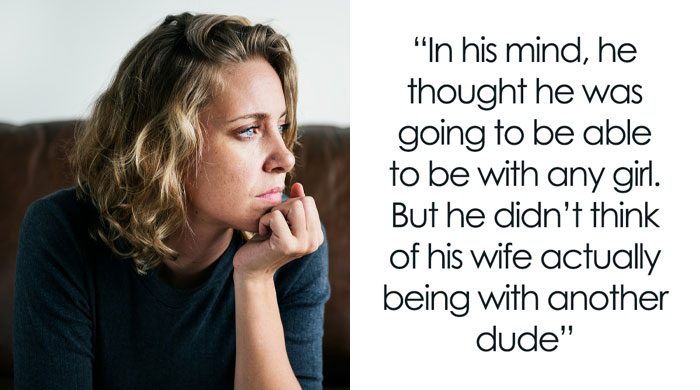Have you ever come home to see your dog upset or your place a mess? This isn’t just bad behavior; it’s a cry for help. In many dogs separation anxiety is a big issue. It affects how they feel. But what can you do as an owner to help and stop this problem?
Preventing separation anxiety in dogs involves early socialization, creating a safe space, gradual desensitization, regular exercise and mental stimulation, calm departures & seeking professional help for severe cases. Consistent training and understanding their emotional needs are key.
- Early socialization prevents dog separation anxiety.
- Secure environment & patience key for anxious dogs.
- Desensitization can ease a dog's separation stress.
- Regular exercise helps reduce dogs' anxiety levels.
- Never punish dogs for separation anxiety behaviors.
Read our full guide to learn different ways to help your dog suffering from separation anxiety. Let’s ensure your dog feels secure and happy, even in your absence.
The information provided herein is for informational purposes only. Please refer to our disclaimer for more details..
Comprehending Separation Anxiety in Dogs
Image credits: Matthew Henry
Separation anxiety in dogs is a distressing condition marked by intense stress, fear, or anxiety when separated from their owners. Dogs can still develop separation anxiety even if other people are there – but it’s more pronounced when the dog is totally alone. And, the symptoms range from mild to serious, like destroying things, hurting themselves, or acting like they’re having a panic attack. Both young and older dogs can have this issue. It’s more than just whining or being a bit naughty when you’re not there. And, it is a serious issue that often leads to frustration for owners and can result in dogs being given up.
Some dog breeds get really attached to their owners and are more likely to have separation anxiety. These breeds include:
- German Shepherds
- Labrador Retrievers
- Cocker Spaniels
- Bichon Frises
- Border Collies
- Chihuahuas
- Golden Retrievers
- Australian Shepherds
- German Shorthaired Pointers
- Vizslas
- Cavalier King Charles Spaniels
- And Toy Poodles.
Causes of Dog Separation Anxiety
Image credits: Celyn Bowen
Separation anxiety can happen to any dog, no matter their age, breed, or gender. It often starts before they are 2-3 years old. Several things can make this condition more likely:
- Abandonment/Rehoming: Dogs that have been abandoned, rescued, or rehomed may have a heightened risk.
- Lack of Socialization: Dogs that haven’t spent time with different people or situations from a young age.
- First-time Separation: The first time they’re left home alone.
- Change in Circumstances: This includes events such as family bereavements, divorce, or alterations in routine such as – a new school year or work schedule.
- Lack of Exercise: As per some research, it is also a potential cause.
- Medical Issues: It’s important to check with a veterinarian for health problems.
- Environmental Changes: Big changes at home, like building work or moving.
- Loss of a Family Member: Both human and pet losses can impact a dog’s emotional well-being.
Recognizing the Signs of Separation Anxiety
Separation anxiety in dogs is a notable behavioral condition where the animal shows considerable signs of distress and anxiety. And they usually show signs when the pet parent isn’t around. They include:
- Vocal Distress: Lots of barking, whining, or howling.
- House Soiling: Urinating or defecating inside the home.
- Physical Signs of Stress: Pacing, cowering, panting, or trembling.
- Appetite Changes: Not eating when the owner is gone.
- Destructive Behaviors: Chewing, digging, or causing other damage, especially near doors & windows.
- Escape Attempts: Trying to get out of the house or yard, can lead to injuries like damaged paws, toenails, or even more severe harm like broken teeth or cut gums.
- Clinginess: Being too close to the owner when they are home, like following them all the time.
- Separation Distress: Getting stressed when the owner is getting ready to leave the house, like drooling or trying to stop them from leaving.
Seeing these signs once in a while might not mean your dog has separation anxiety. But if they happen a lot and together – it’s a strong sign. And, according to research, most of the symptoms of this condition are unfortunately one of the common reasons for pet relinquishment.
Pro-Tip: You might not always see these behaviors yourself, as they often happen when you’re not there. Using a pet camera can help you see what your dog does during your time away from home.
Preventative Measures for Separation Anxiety
Image credits: hannah grace
Returning to a chaotic home and witnessing your anxious puppy’s distress can be draining. However – the situation is even more heart-wrenching for your dog. Fortunately, there are several measures you can implement for preventing and treating separation anxiety.
Early Socialization in Puppy
To stop separation anxiety in puppies, it’s important to start puppy training and socializing them when they’re young. Early socialization means letting puppies experience different places, people, other animals, and things. And, this helps them become confident and less anxious as adults. Some good strategies are:
- Diverse Exposure: Introduce the pup to different sights, sounds, and situations in a fun and positive manner. This includes meeting new people & dogs and getting used to different objects and smells.
- Positive Reinforcement: Give your dog rewards for good behavior to help them grow into well-behaved adult dogs.
- Pacing the Process: If your puppy gets scared, stop the socialization for a bit. Then, start again later but go slower.
- Behavioral Training: Techniques like calm departures and arrivals, as well as general obedience training (discussed below), are beneficial for behavioral issues.
These methods can also work for adult dogs, but it might take more patience and time to see changes. Remember, consistent training and positive reinforcement are important for dealing with separation anxiety in dogs of any age.
Create a Comfortable and Safe Environment
Creating a safe and comfortable space for your puppy is essential in their development and helps prevent separation anxiety. And, this dedicated area should be secure and free from hazards, ensuring the puppy’s safety and comfort when alone. Here’s how to create a good space for your dog:
- Puppy-Proof Enclosure: Set up an area like a room, crate, or playpen. Make sure it’s free from things like electrical cords or small objects they could swallow.
- Stair Gates: Put stairs gates in the room you choose. This lets your puppy see, smell, and hear you, easing them into being alone without feeling isolated.
- Comfort Items: Put a comfy bed, water, chew, and puzzle toys in their space. Adding an item with your scent on it can make them feel even safer.
- Background Noise: For a dog used to noise, laying a radio softly, especially a talk station, can be comforting. It also hides scary outside noises.
- Pheromones: Think about using products like Adaptil. They release comforting pheromones that can help your puppy relax.
To build positive associations with this area, spend good times in this area with your puppy. Play, cuddle, and train your dog with rewards. Make the space fun by hiding treats (like peanut butter or other sticky treats) or toys for them to find, making it a ‘magical’ place. Now start by leaving your puppy alone for short times then, slowly make these times longer and if they get anxious, give them a special treat exclusive to these training sessions right before you leave. This teaches them that time you leave, good things happen. And they might even start to look forward to you going.
Gradual Desensitization & Counter-Conditioning
To help dogs with separation anxiety, using desensitization and counterconditioning together works well. This method takes time and patience, but it can really help your dog feel less stressed and behave better. Here’s a simple guide:
- Identify Triggers: Watch your dog to see what actions make them stressed, like when you grab your keys or put on your coat & shoes.
- Desensitization: Gradually expose your dog to these triggers without following through on the action. For example: Pick up your keys but then stay indoors, redirect your dog’s attention to a positive activity.
- Counterconditioning: Pair departure cues with something enjoyable for your dog, such as playing or giving treats, this helps in changing your dog’s association with these cues from something fearful to something pleasant.
- Gradual Exposure: Slowly increase the duration and complexity of the departure cues. For example: Step outside briefly and return home, progressively extending the time spent away.
- Monitor Responses: Watch to see if your dog stays calm during these exercises. And if they get anxious, slow down and take smaller steps.
This method teaches the dog that departure signals do not always lead to prolonged separation. It helps lower their anxiety and makes them feel more secure.
Exercise & Mental Stimulation
Engaging your puppy in regular, age-appropriate physical exercise, particularly for high-energy breeds, plays a vital role in managing and preventing separation anxiety. Activities like fast walks and playing can make them more relaxed – then they find it easier to be calm when you’re not there.
Also, keeping their mind busy is just as important. You can do this with training sessions, chew toys, puzzle feeders like Kong toys stuffed with treats, and brain games. These activities tire them out mentally, offering an enjoyable and exhaustive experience.
Make Your Departures and Arrivals Calm
Managing your dog’s reaction to your comings and goings can significantly reduce separation anxiety. It’s best to be calm when you’re leaving or coming back. And try not to make a big deal with emotional goodbyes or hellos. Dogs pick up on how we feel and can act the same way. By downplaying these moments, you help keep your dog understand that departures and arrivals are normal, everyday occurrences, not events that should trigger anxiety. And this helps them stay calm and not worry when you go and return.
Get a Dog Sitter
To alleviate separation anxiety in dogs, consider hiring a pet sitter or using a doggy daycare, especially for those with severe symptoms. Dogs shouldn’t be alone for too long – not more than four hours for grown-ups and even less for puppies. A dog sitter or walker can keep them company and help them get exercise, significantly reducing their stress during your absence. This approach helps ease the anxiety dogs may experience when left alone, ensuring they receive attention and care even when you’re not around.
Never Punish Your Dog
If your dog behaves undesirably while you’re away, don’t scold them when you get back. Getting mad or showing you’re upset can make their anxiety worse. They might start to fear how you’ll react next time. Dogs don’t connect your anger with their past actions and may exhibit submissive behavior – often misinterpreted as guilt. Instead of connecting your anger to what they did earlier, they become more anxious about your future departures. So it’s really important not to hit or yell at them. Doing that can make them more stressed and make things worse.
Medication and Supplements
For dogs with severe separation anxiety – training and counter-conditioning alone isn’t sufficient. In these cases, they might need long-term medication. And this can make their lives better and stop them from being given away.
- Medications: Some vets and veterinary behaviorists may recommend medications like amitriptyline for depression or alprazolam for anxiety and panic disorders. They should be used carefully, especially in young dogs, and always under a vet’s advice.
- Natural Products: Things like CBD or valerian root could help. But, always talk to your vet or animal behaviorist first, especially if your dog is already taking other medicines.
- Other Aids: Things like pheromone collars or diffusers, and special shirts (like Thundershirt) can also help with anxiety.
Important Note: Make sure any medicine or dose is okayed by your vet. This is for your dog’s safety and to make sure it works well.
Senior Dogs and Separation Anxiety
When older dogs suddenly get separation anxiety, the first step is to check for health problems. Seeing a vet is important to find out if there’s a medical reason for their anxiety. Sometimes – treating things like cognitive dysfunction or other health issues can help a dog with their anxiety. And if medical issues are ruled out, behavior modification techniques like desensitization training can be effective. However, the training should be tailored to the dog’s capabilities, considering their age and health condition.
Remember: Every older dog is different. What helps one dog might not help another. The aim is to make your dog feel safe and calm, especially during times of separation.
Can Crate Training Alleviate Dog Separation Anxiety?
Crate training, when introduced slowly and with positive reinforcement, can assist dogs in seeing their crate as a comforting, personal haven. And this can help alleviate separation anxiety. But – using a crate abruptly for long stretches can backfire. Gradual acclimation is key, not as an immediate fix.
Conclusion
Understanding how to prevent separation anxiety in dogs is a big part of being a good dog owner. By noticing the signs and using the right approaches, you can make your dog’s life happier & less stressful. Remember, patience and consistency are key in addressing this common issue. It’s about building trust and security for your dog, ensuring they feel safe even when you’re not around. Always remember that a happy and well-adjusted puppy shows how much you care and understand them as a pet parent.
971views
Share on Facebook
 Dark Mode
Dark Mode 

 No fees, cancel anytime
No fees, cancel anytime 





















































1
0